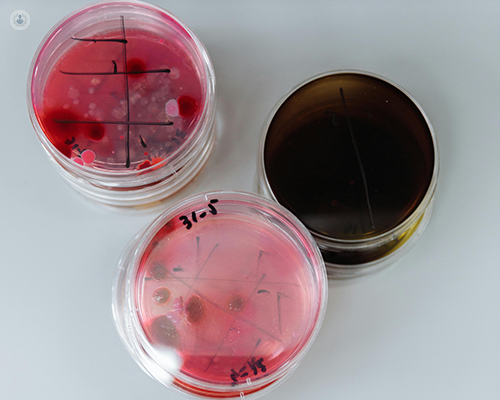Fungi
What is analysed?
Fungi are microorganisms that exist as yeast or moulds. There are more than 120,00 species of fungi, of which 20 to 25 species are common causes of infection.
Fungal tests are used to detect the presence of fungi and to diagnose fungal infections.

What does the result mean?
The result indicates the presence or absence of fungi and a fungal infection in a collected sample.
Why conduct the analysis?
Fungal tests are conducted to diagnose a fungal infection, to identify the specific fungus causing the infection, and to guide antifungal treatment. In addition, fungal tests may also be conducted during antifungal treatment to evaluate its effectiveness, and after antifungal treatment to monitor for infection recurrence.
When to conduct the analysis?
Fungal tests are conducted when symptoms of a skin, lung, or systemic fungal infection are observed. In addition, fungal tests may also be conducted during and after antifungal treatment.
What sample is required?
The type of sample required depends on the suspected location(s) of the fungal infection.
- For superficial infections: The sample may involve a skin or nail scraping, a vaginal swab, or a urine sample.
- For systemic infections: The sample may involve a blood sample, sputum sample, or a tissue biopsy.
Is any prior preparation necessary?
No prior preparation is required, except drinking plenty of fluids before the sample is taken.
How is it performed?
The collected sample is sent to a laboratory, where it is analysed to identify fungal structures.
- For superficial infections: After microscopic evaluation, no more tests are required.
- For systemic infections: After microscopic evaluation, fungal culture may be required, which involves deliberately growing fungi on a special container for a more detailed fungal analysis later on.
What are the normal values?
A negative test result indicates that no fungi nor a fungal infection were detected.
What does having altered values mean?
- Positive result: A positive test result indicates the presence of fungi, which may be the cause of the fungal infection.